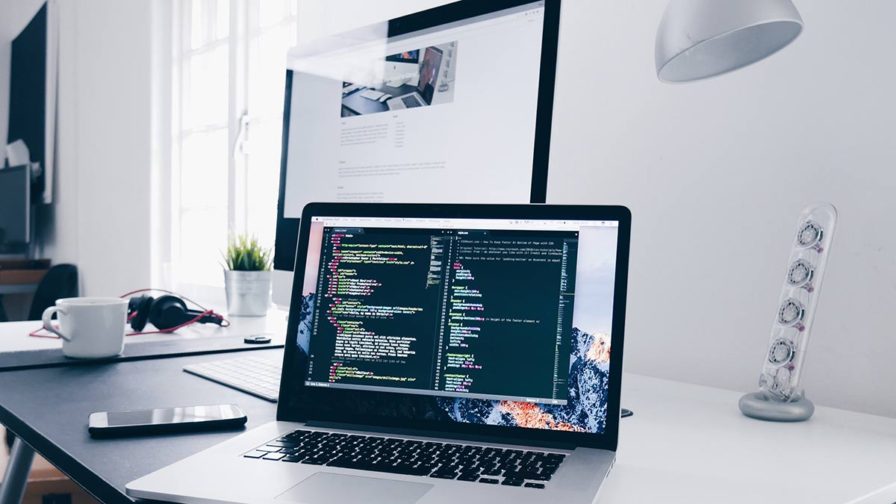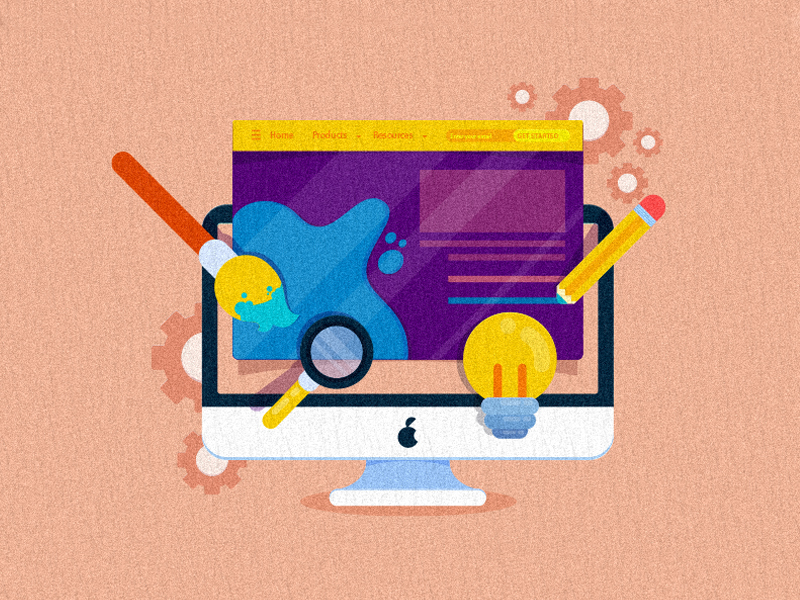Affordable Aligned Position Web Design: Top-Notch Web Design Services at Competitive Prices
Affordable Aligned Position Web Design: Top-Notch Web Design Services at Competitive Prices
Blog Article
The Most Effective Kinds Of Web Layout to Boost Individual Experience and Engagement
In the ever-evolving landscape of electronic communication, the performance of website design considerably influences user experience and interaction. Various style methods, such as minimal, receptive, and interactive designs, each offer unique benefits that can accommodate diverse user demands. Recognizing which types of Web design finest offer these purposes can be pivotal for services intending to improve client contentment and retention. Nonetheless, the inquiry remains: which style aspects genuinely resonate with customers and foster significant interaction? The expedition of these concepts reveals critical insights that might redefine your strategy to Web design.
Minimalist Web Design
As digital landscapes become progressively chaotic, minimalist website design has emerged as an effective technique to boosting individual experience. This layout viewpoint focuses on simpleness, concentrating on vital aspects while eliminating unneeded distractions. By making use of adequate white room, straightforward navigation, and a minimal color palette, minimalist design cultivates clearness and routes customer attention to key web content.
The core concept of minimal website design is to create a seamless interaction for individuals. By reducing cognitive tons, users can swiftly grasp information without really feeling overwhelmed. This direct strategy not just improves functionality however additionally urges engagement, as site visitors are most likely to check out a site that is aesthetically appealing and easy to navigate.
Furthermore, minimalist layout typically highlights typography and images, using these aspects tactically to communicate messages efficiently. In essence, minimalist Web style is not simply a fad; it is a thoughtful methodology that acknowledges the value of user-centered layout.
Receptive Website Design
In today's diverse electronic atmosphere, receptive Web layout has actually become necessary for developing a smooth customer experience across a plethora of devices. As users access internet sites on smart devices, laptops, desktops, and tablet computers, the capability of an internet site to adapt its layout and content to various display sizes and resolutions is vital.
Receptive Web design employs flexible grids, photos, and CSS media questions to make certain that Web content exists optimally, despite the gadget utilized. This technique not only enhances the aesthetic charm of a site but also dramatically enhances usability. Users are more probable to engage with a website that provides a consistent experience, as it removes the stress of needing to zoom in or scroll exceedingly.
By taking on responsive style, organizations can improve their presence and get to a broader target market. In summary, responsive Web design is an essential practice that improves customer experience, engagement, and total complete satisfaction.
Interactive Website Design
Receptive website design lays the groundwork for improving user experience, however interactive website design takes this an action even more by involving users in a much more dynamic means - Aligned Position Web Design. By including aspects such as computer animations, clickable models, and real-time responses, interactive Web design mesmerizes users, attracting them into a richer browsing experience
This technique not just cultivates involvement yet also encourages users to explore content actively as opposed to passively consuming it. Techniques such as gamification, where users earn rewards for completing tasks, can significantly enhance the time spent on a site and improve total complete satisfaction. Moreover, interactive functions can simplify complicated information, making it much more enjoyable and digestible.

Incorporating interactive style components can also result in greater conversion prices, as users are more probable to engage with a site that proactively entails them. Aligned Position Web Design. Ultimately, interactive website design changes user experiences into unforgettable trips, guaranteeing that site visitors return time and once more
Flat Style
Identified by its minimalistic strategy, level style emphasizes simplicity and functionality, stripping away unnecessary elements and concentrating on important functions. This layout ideology focuses on functionality, guaranteeing that individuals can navigate interfaces effortlessly and efficiency. By employing a clean visual, level style gets rid of the clutter typically discovered in much more see here ornate styles, therefore boosting customer focus on content and functionality.
The characteristic of level style depends on its use vibrant shades, straightforward typography, and geometric forms. These aspects add to an aesthetically attractive interface that is both approachable and modern. In addition, level design fosters a feeling of clearness, allowing customers to recognize necessary actions and information without disturbance.
Furthermore, flat layout is specifically effective in receptive Web layout, as its simplicity equates well throughout numerous devices and screen dimensions. By concentrating on vital attributes, level design not only satisfies individual demands but also motivates smooth communication, making it an important part of effective Web layout techniques.
Flexible Website Design
Flexible website design personalizes the customer experience by creating multiple taken care of formats tailored to different screen sizes and gadgets. Unlike receptive layout, which fluidly adjusts a single layout, adaptive style uses distinct layouts for particular breakpoints, making sure optimum discussion on numerous systems. This approach allows designers to concentrate on the one-of-a-kind attributes of each device, enhancing use by supplying precisely what users need based on their context.
Among the key benefits of flexible website design is its ability to optimize load times and efficiency. By offering customized web content and photos that fit the customer's tool, internet sites can decrease information use and boost loading speeds. This is particularly useful for individuals with slower connections or limited information strategies.

In addition, adaptive style helps with an extra regular and controlled branding experience. Considering that designers produce several formats, they can ensure that the visual aspects straighten with the brand name's identity across different platforms - Aligned Position Web Design. This causes a natural user experience, improving involvement and advertising user retention
Final Thought
Finally, the assimilation of minimalist, responsive, and interactive website design concepts dramatically enhances user experience and interaction. Minimal style cultivates useful site quality and emphasis, while receptive design makes sure flexibility throughout numerous devices, promoting ease of access. Interactive style astounds customers via dynamic elements, encouraging exploration and personalization. Collectively, these design approaches add to the development of user-friendly environments that not only improve fulfillment however additionally drive greater conversion prices, emphasizing their crucial significance in contemporary website design official website strategies.

Minimal design fosters clarity and focus, while responsive style makes sure versatility throughout numerous tools, advertising accessibility. Collectively, these design approaches contribute to the creation of user-friendly environments that not only enhance fulfillment yet additionally drive greater conversion prices, highlighting their important relevance in modern Web style methods.
Report this page